.
A Ballad of Life
—after Winslow Homer’s “Through the Fields”
They spoke of life unfolding,
A future far from home.
No more of country living—
No fields, no farms, no loam.
And so, they left for college,
But still they kept in touch
With letters always ending,
“I miss you ever much.”
The city lights were glowing
O’er crowds and happy times.
Perhaps they’ll each be noted
As one whose status climbs.
Life progressed in stages;
Some troubles, just a few.
Then each became a widow,
And suddenly they knew.
The countryside was calling—
Those fields where they had run!
They’ll dress again in cotton
With bonnet for the sun.
.
.
Margaret Brinton has lived in San Diego’s inland valley area for over forty years where she taught and tutored. Her poems have recently been published in California Quarterly and Westward Quarterly and The Lyric with upcoming work in the greeting card industry.



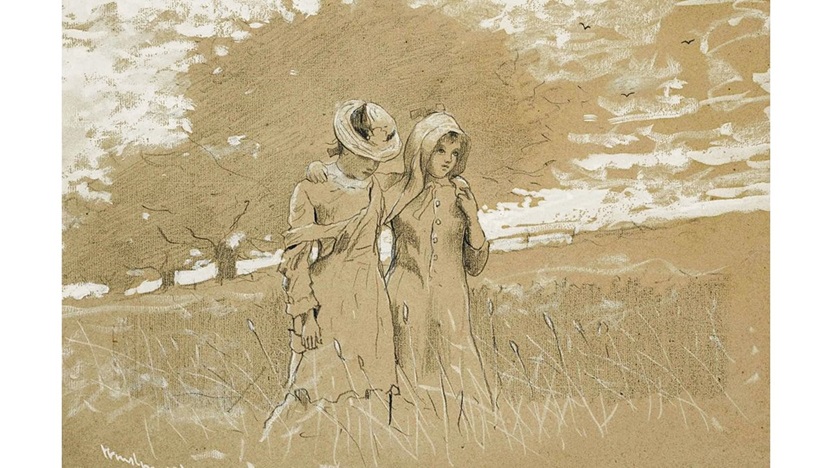
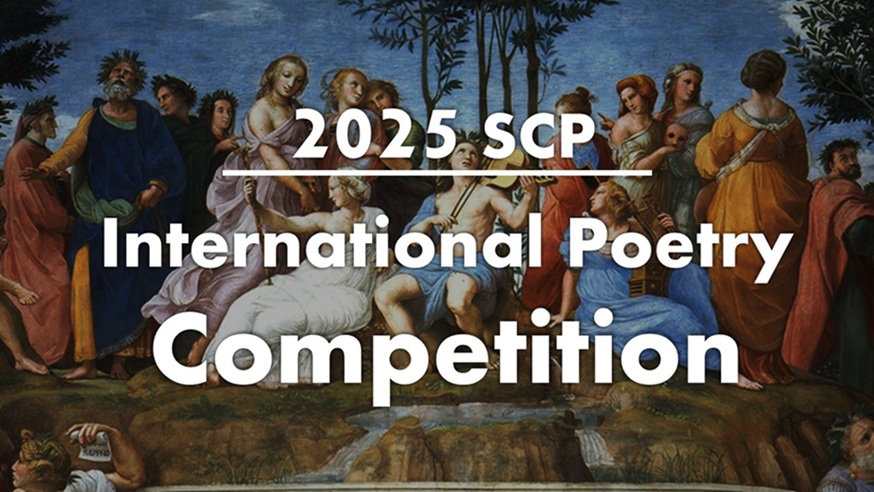
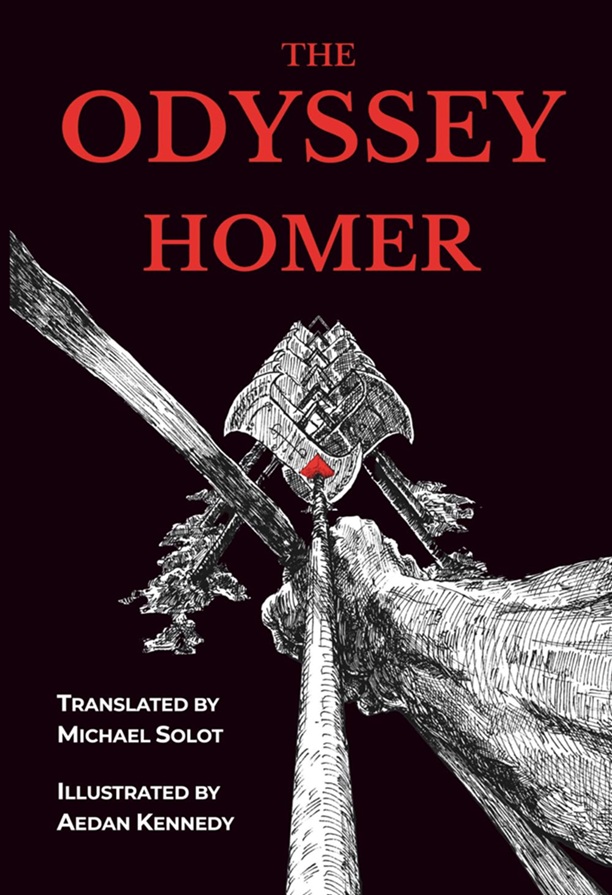

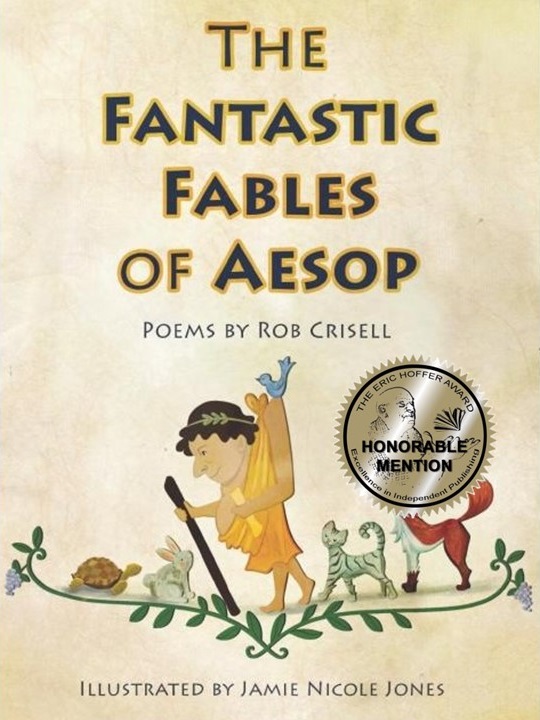
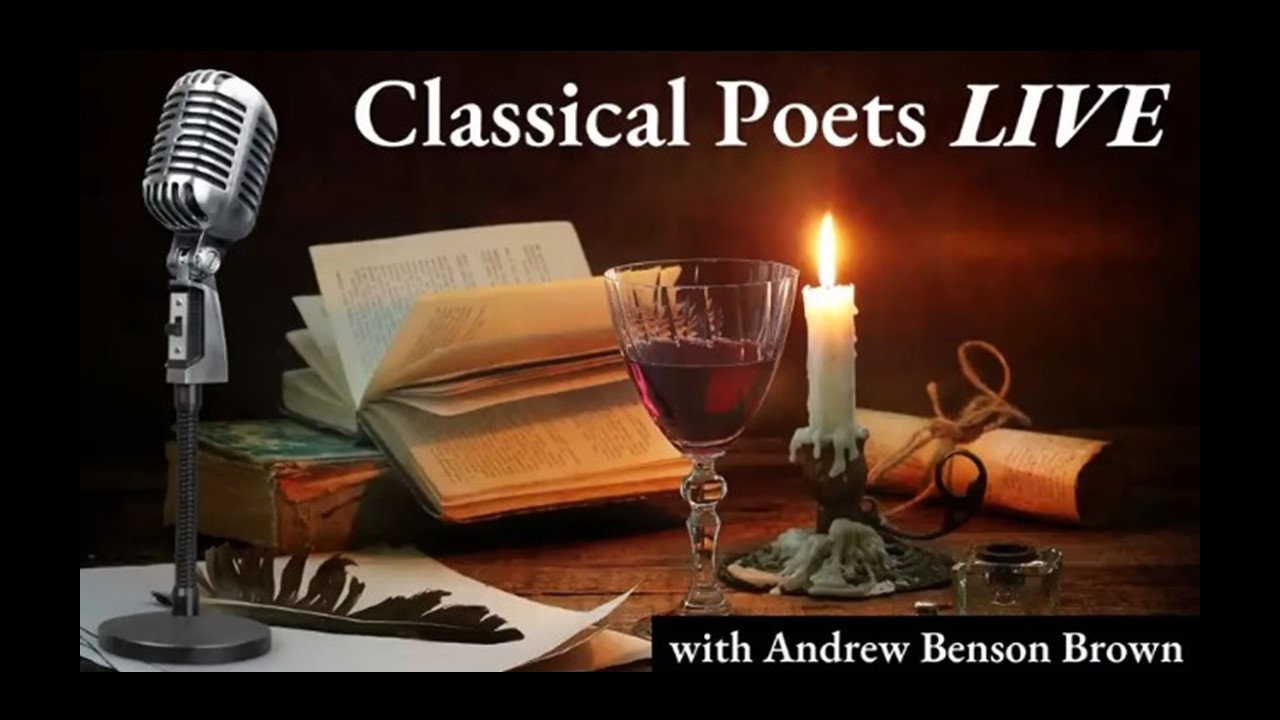

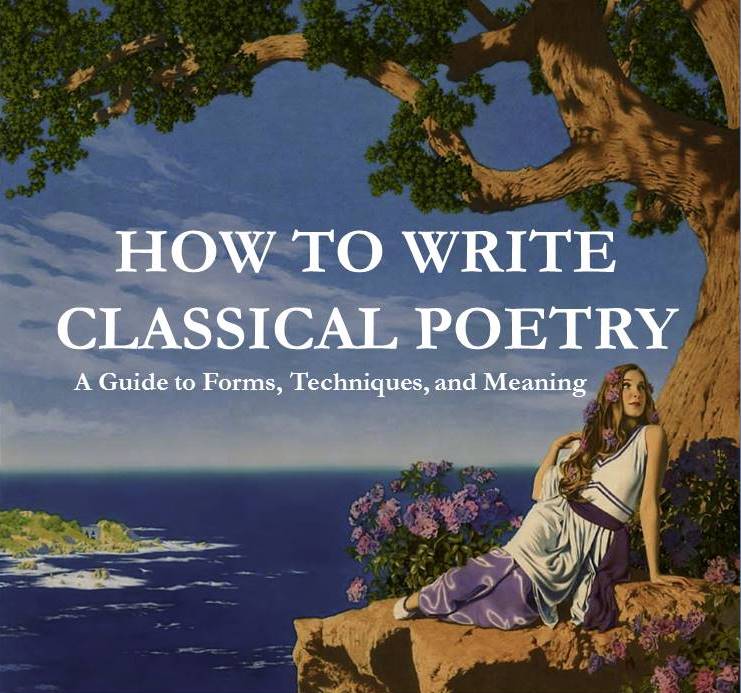




This seems to be a tale of two young girls who became adults, kept in touch, and when they became widows, they returned to their roots. The clue to both being women is the final two lines mentioning, “They’ll dress again in cotton
With bonnet for the sun.” This is such a sweet sentimental poem about returning to one’s roots and once again finding child-like innocence, fun, and joy that two souls once knew.
Yes, Roy, the circle of life, one might say.
Margaret
I like the trimeter rhythm, and the fact that the odd-numbered lines of each quatrain end feminine, and without rhyme, while the even-numbered lines end masculine, and rhyme.
This kind of simple, slow movement goes along perfectly with the subject matter, which is thoughtful and meditative. As an ekphrastic piece that is based on a work of art, it is clearly linked with the Winslow Homer picture. And the fact that the girls are timelessly young in the picture, while described as widows in the poem, suggests a cyclical homecoming of a symbolic nature.
Thank you for your kind analysis, Joseph.
I found this piece both sentimental (in a good way) and haunting. All those years spent in the rat race, only to discover once they were widows, that life was better where they were, in the countryside before the city lured them away.
I spent a year in the country recording graveyard memorials, billeted in a Victorian monstrosity of a mansion. I still look back on that time with unusual fondness.
Thanks for the read and the nostalgia, Margaret.
It seems to be the city conveniences that are the factor for many of us despite the beauty of the countryside.
Thank you for your comment, Paul.
Dear Margaret,
I love this interpretation. Each woman lived out a full life. When widowed they had some redemption in returning to their country life and a friendship that withstood the test of time.
Gigi
Thank you, Gigi. They were still young girls at heart!
Your ballad, Margaret, does much to make the reader think. You don’t give much information about the motives of these women. They had wanted a life away from the country, had achieved that, had experienced happiness with few troubles. Why does widowhood suddenly call them back to the country? It’s up to every reader’s imagination–which is a good way to make Homer’s art and your own attract thoughtful persons.
Thank you for your insight, Ms. Coats. Perhaps I should have added more verses to develop their nostalgia.